The state of the world’s sanitation
To achieve universal sanitation, we need greater investment and higher rates of sanitation coverage.
- 28 January 2021
- 2 min read
- by UNICEF

Vaccines are an essential tool in preventing infectious disease from spreading, but they are not a silver bullet. Vaccines are most effective when used together with other disease control and prevention measures, such as access to clean water and sanitation. In this photo essay, UNICEF looks at state of the world’s sanitation, explaining why we need greater investment and higher rates of sanitation coverage.
The world is alarmingly off-track on delivering universal access to safe sanitation. For billions of people, toilets and sewage systems are still out of reach. Those living in poor and rural communities are at most risk of being left behind.
Over 700 children die every day from diarrhoea caused by unsafe water, sanitation, and poor hygiene. Over half the world’s population uses sanitation services that leave human waste untreated, threatening human health. Meanwhile, 673 million people still practice open defecation and an estimated 367 million children attend a school with no sanitation facility at all.
Everyone is entitled to sanitation services that are affordable and accessible, and provide privacy, dignity and safety. This not only improves society’s health but also leads to better economic and social development.
Sanitation is a human right.
Talking about toilets may be awkward, but we need to act now and double our efforts if we are to eliminate open defecation. While the challenges are significant, meeting the goal of universal sanitation by 2030 is possible – with greater investment, sustained effort and increased rates of sanitation coverage.
Many countries have made rapid progress in access to sanitation, transforming lives, the environment, and their economies, all within one generation.
Kenya
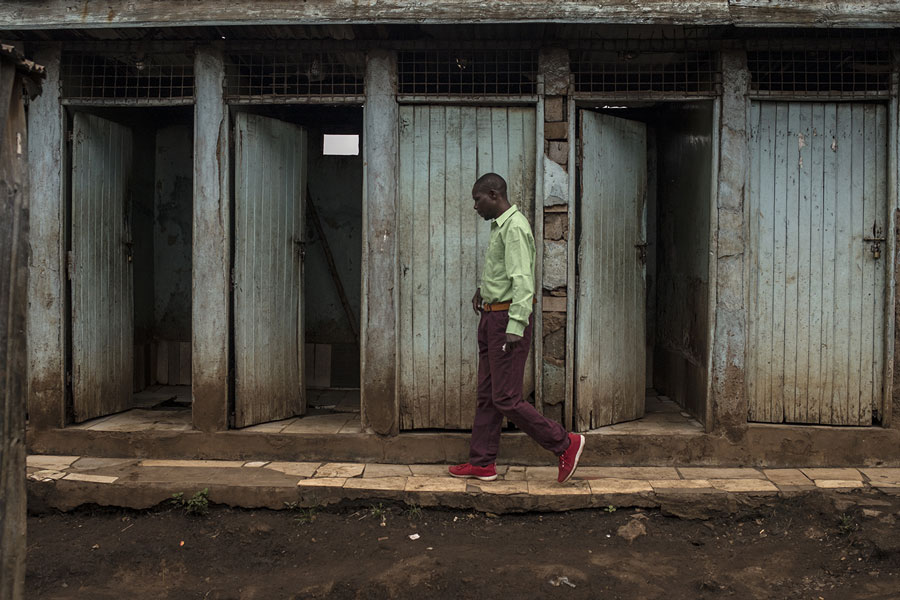
A man walks past public toilets in Kibera, the biggest informal settlement in Nairobi, Kenya. The city's sewer infrastructure was originally designed to support 800,000 people; the population now exceeds 4 million. Some 80 per cent of households in the city do not have access to sewer lines.
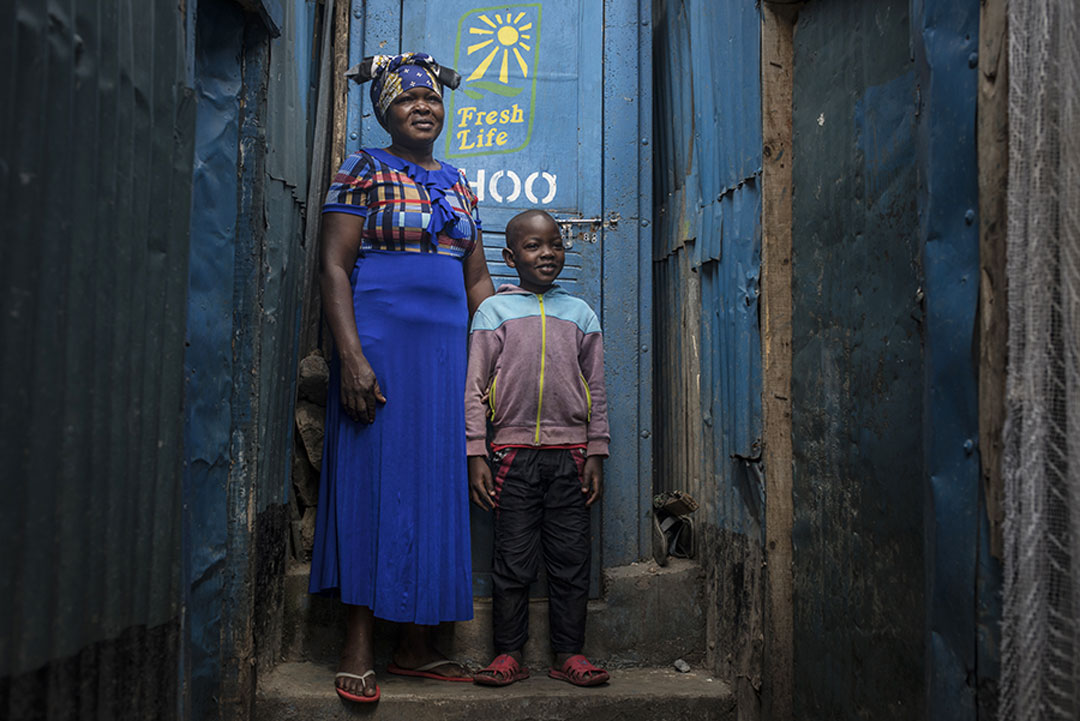
Josephine Lea Muhonja (left), 45, and her grandson Moses Kwauje, 10, stand outside a toilet in an informal settlement on the outskirts of Nairobi. "If this toilet wasn't here it would be difficult for myself and my family to live here,” she says. “In this slum, sanitation is a big issue.”
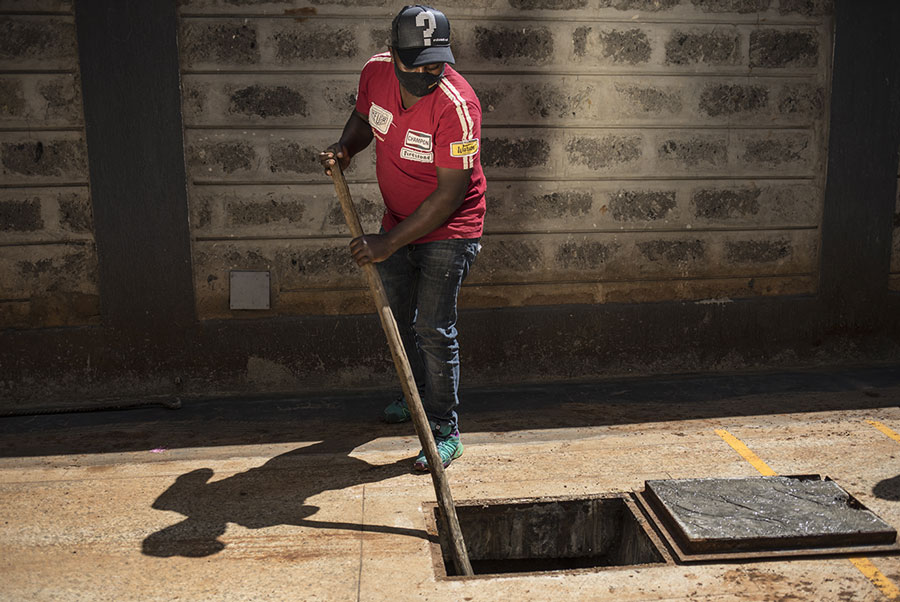
Paul Muguo, 38, clears the septic tank of a residential building in Ruaka, a town adjacent to Nairobi.
In 2019 UNICEF helped 2,058 villages, representing 617,400 people, become certified ODF.
Indonesia
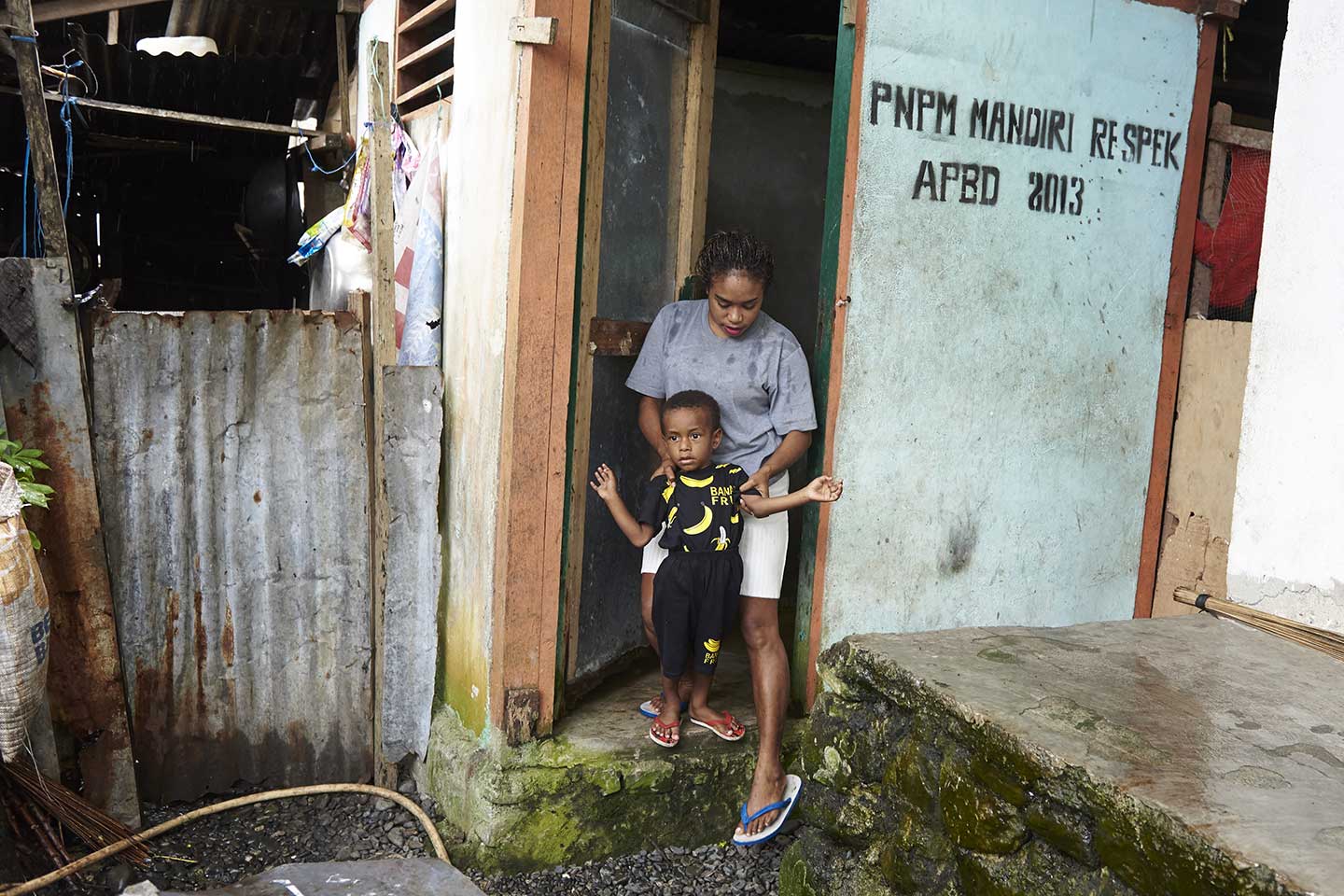
Aumelina helps her child in using the family latrine outside their home in Tablanusu, a 100 per cent Open Defecation Free (ODF) village in Papua Province, Indonesia.
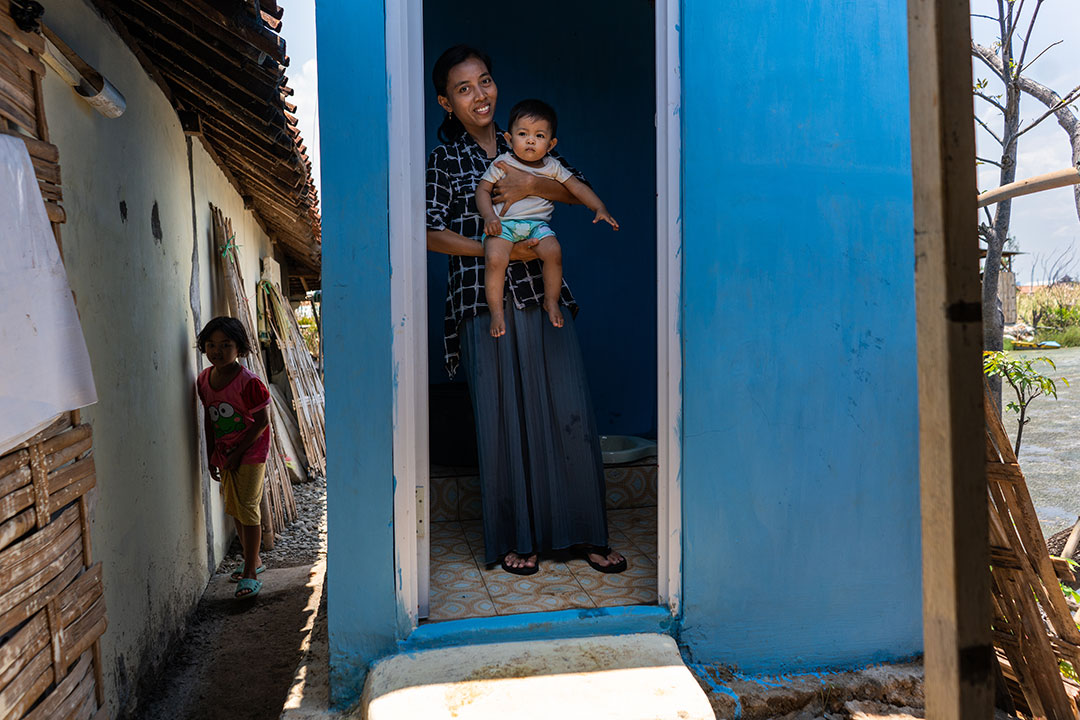
Hanifah holds her 11-month-old daughter Dinda in a newly constructed toilet outside their home in Central Java province, Indonesia. Their home was inundated by tidal floods, so she and her family were unable to use their previous toilet for almost two years, which led them to practice defecation in a nearby river. The new toilet was built using government assistance.
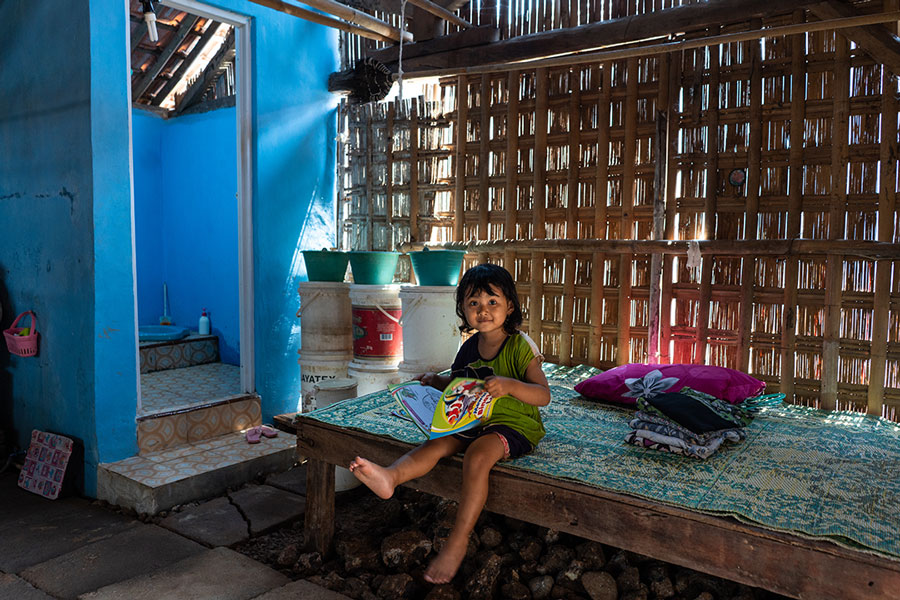
Fika, 3, reads a book near a newly constructed toilet in her home in Tegaldowo village, Indonesia.
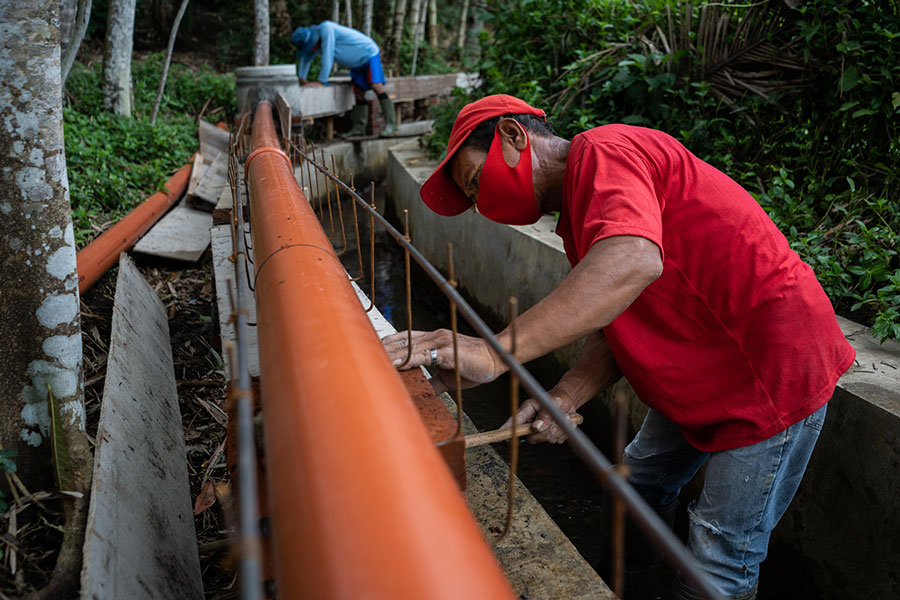
Workers build a sewage system in Candimulyo village, Indonesia. Most houses here are connected to the community sewage system, which was built through a sanitation programme implemented by the Ministry of Public Works and Housing.
In Indonesia, nearly 1 in every 30 children dies before the age of five, with figures as high as 1 in 10 in some districts. Most of these deaths are due to preventable diseases like diarrhoea, which are exacerbated by lack of safe water and sanitation.
Between 2016 and 2018, UNICEF helped increase access to basic sanitation in schools in the country from 34.12 per cent to 43.81 per cent.
Following the devastating earthquakes in Central Sulawesi and Lombok in 2018, UNICEF helped establish innovative financing for community-based water and sanitation facilities, benefitting 20,000 people.
Jordan
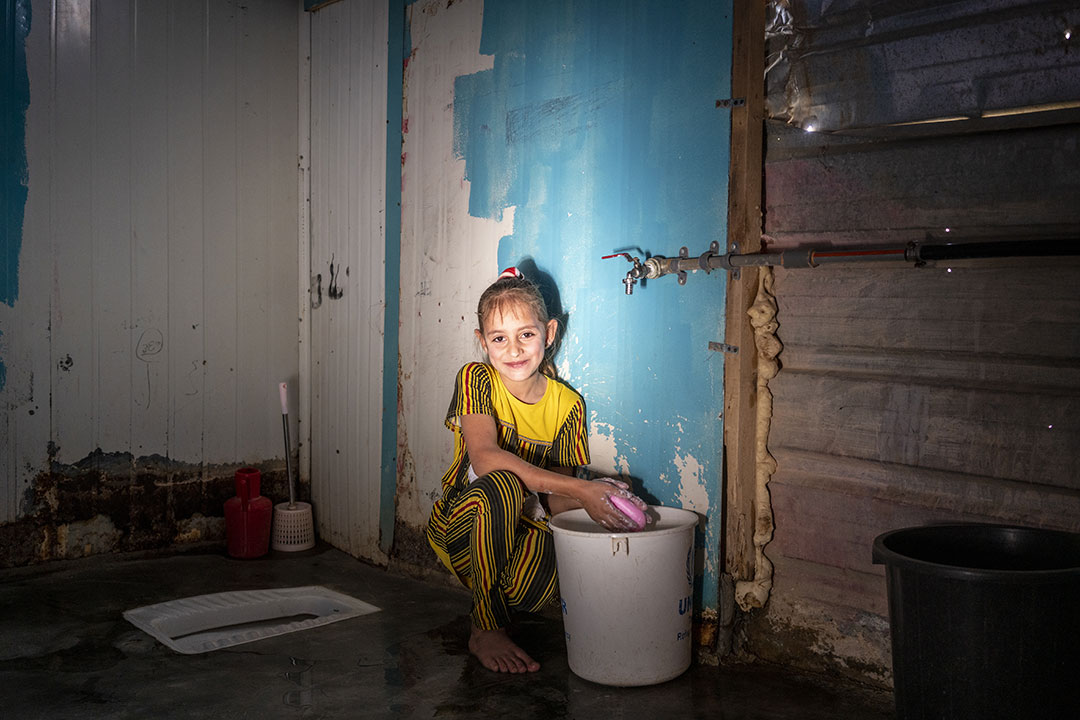
Ayat, 7, at home in Za’atari Refugee Camp in Jordan. UNICEF works to provide Syrian refugees in camps and hard to reach areas with access to safe water and sanitation facilities.
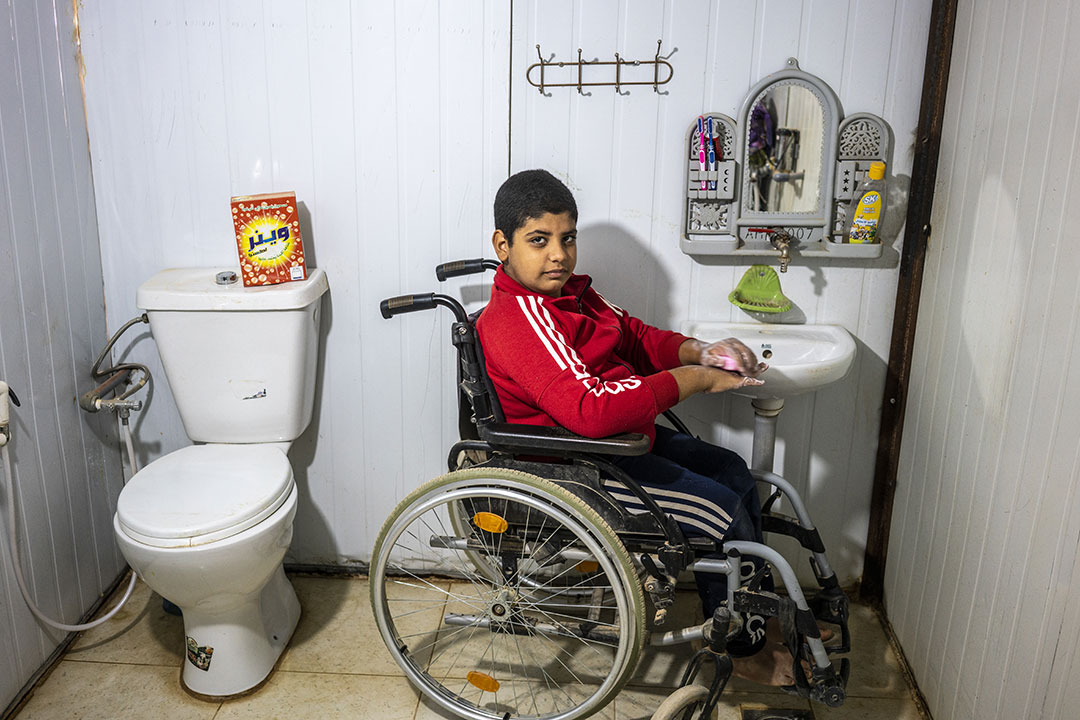
Hamzah, 13, at home in Za’atari Refugee Camp. UNICEF and partners have provided Hamzah with an accessible toilet for him and his father, who are both wheelchair users. Hamzah says, “I love to keep clean and wash my hands properly, not only to protect myself from the coronavirus, but also because it’s a healthy habit to practice, especially after using the toilet.”
UNICEF has continued to deliver safe water provisions as part of a large-scale humanitarian response programme in refugee camps in Jordan. In Azraq and Za'atari refugee camps, we build and operate cost-effective and sustainable water and wastewater networks, improving the lives of over 100,000 refugee children and their families.
India
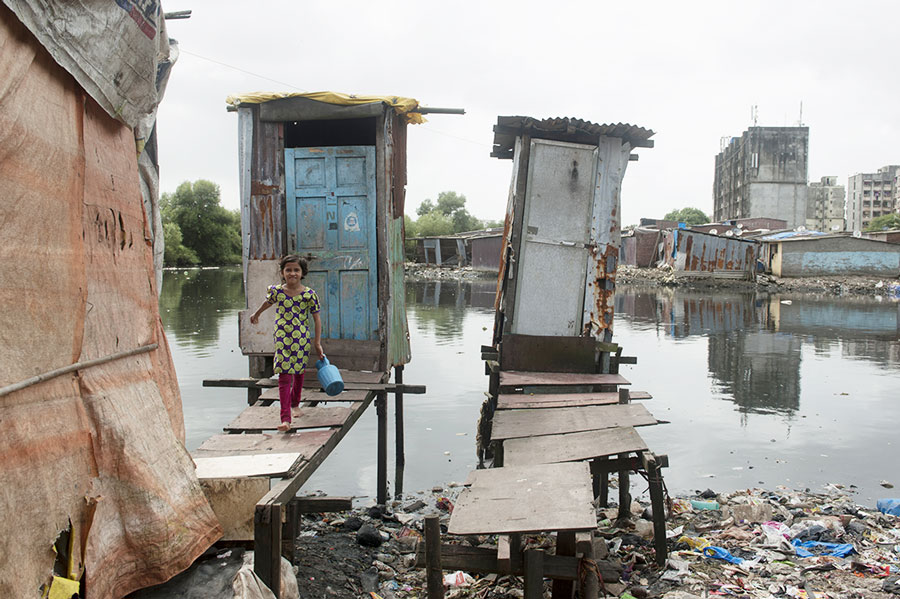
Eriam Sheikh, 7, comes out from a toilet on stilts built over an inlet passing by Rafiq Nagar in Mumbai.
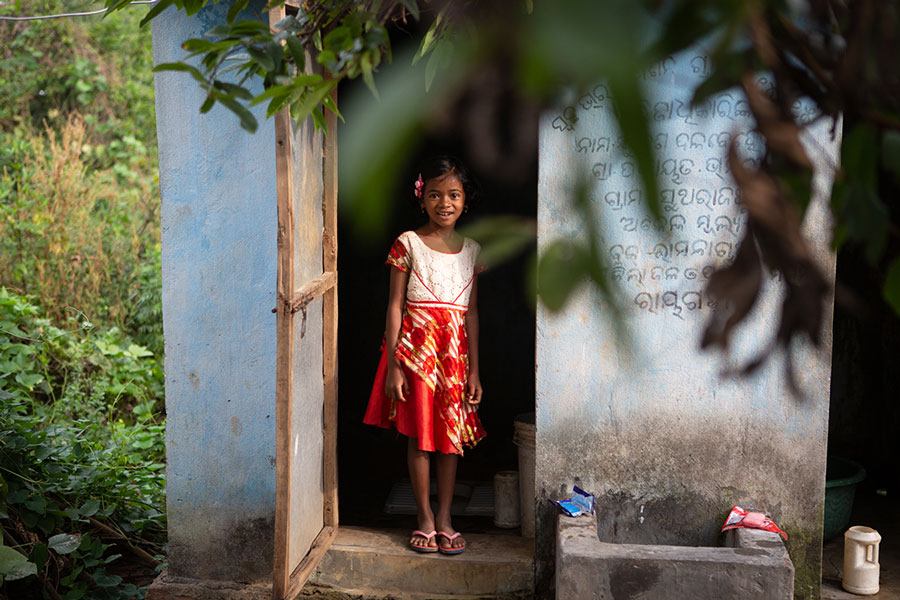
Sonalika Dalabehera, 6, stands in the door of a latrine in Sutarajpur village, India. She was taught from an early age to use a toilet rather than practice open defecation in fields.
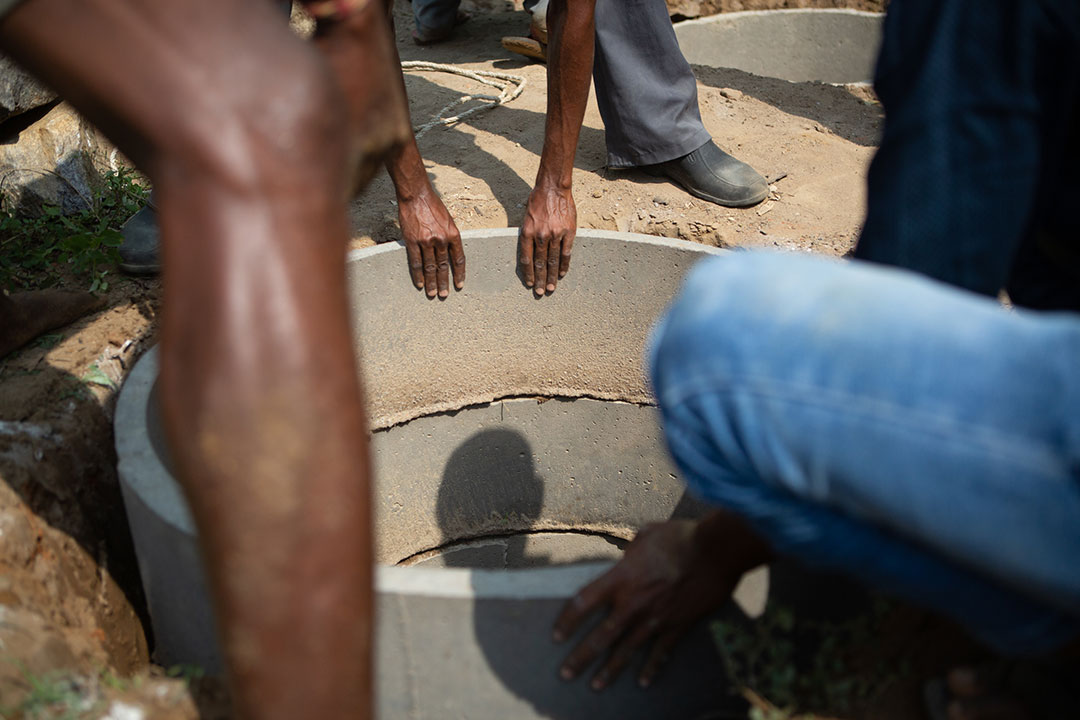
Community workers help lay one of the pits in the construction of a new double pit toilet in Nuagam village, India.
In 2019, 18 million people in 53 UNICEF-supported districts in India accessed toilets for the first time.
UNICEF and partners have supported the Ministry of Human Resource Development to enable access to safe sanitation and hygiene spaces for children in 150,000 vulnerable schools (including separate toilets for girls and boys in schools) across the country. This initiative seeks to improve access to and quality of water, sanitation and hygiene facilities in schools, in line with the government's five-star benchmark, which UNICEF helped institutionalize.
We continue to support India’s ground-breaking mission to eliminate open defecation and improve waste management.
More from UNICEF
Recommended for you









